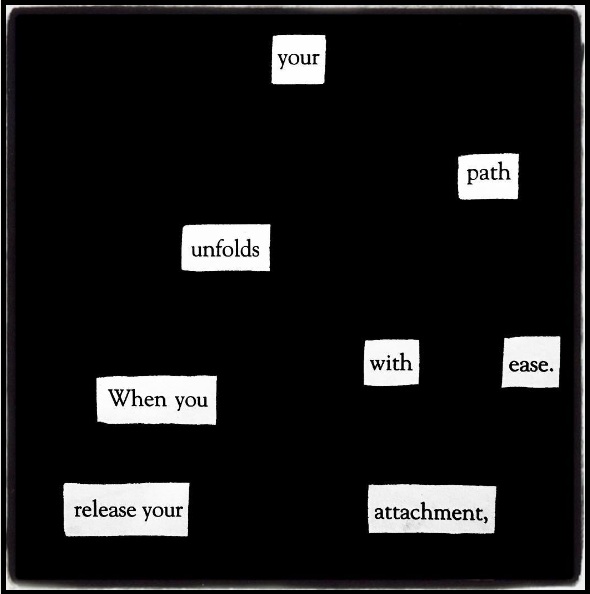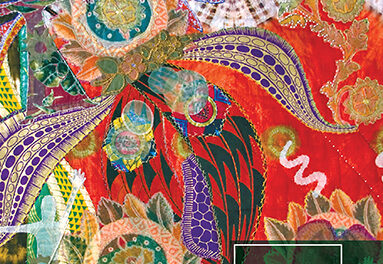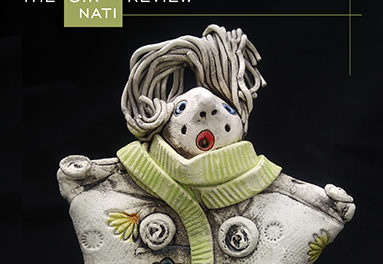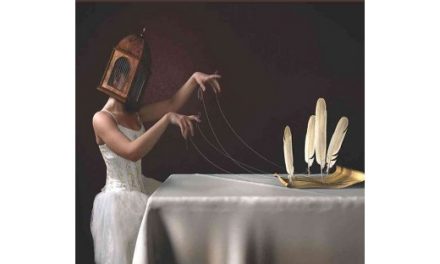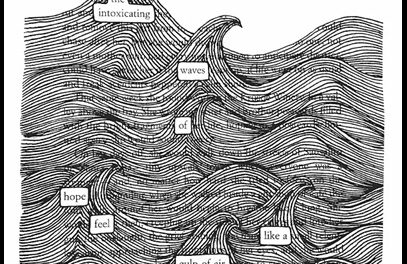For this third and final interview featuring #poetsofinstagram, John Carroll of @makeblackoutpoetry shares with us a few poems as well as insights into the craft and style of his poetry on Instagram. I was drawn to the work of @makeblackoutpoetry for its clear focus on hope. Each of the examples displays a keen eye for words that fit a poetic sensibility wanting to connect with the reader. Like koans, the lyricism of these poems is geared toward inviting a shift in the reader’s train of thought. This hope-oriented approach mirrors the community @makeblackoutpoetry has cultivated. His account features the work of others as well as his own. All this work on and off the page establishes @makeblackoutpoetry as a champion of this poetic form, able to live up to the title of his first blackout poetry book, Hidden Messages of Hope.
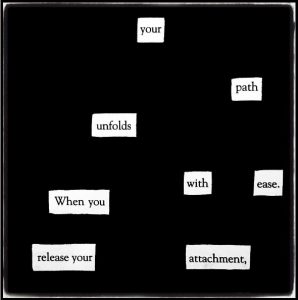 José: Can you tell us a little bit about your introduction to poetry and the journey to where you are today?
José: Can you tell us a little bit about your introduction to poetry and the journey to where you are today?
John: For the last fourteen years, I’ve experimented with all genres of writing. I found a solid niche in journalism and flash fiction before I started making blackout poetry. Discovering blackout poetry was actually an accident.
I came across some of Austin Kleon’s work online through one of my favorite blogs. Since I had been in a writing funk I decided to give it a try and became addicted immediately. That was over six years ago.
José: When did you get started with your Instagram account?
John: I started the Make Blackout Poetry Instagram account four years ago this month. After releasing a chapbook back in early 2013 I was looking for a new writing project that I could eventually publish. At that point I had been making blackout poetry off and on for two years and decided to give it my full attention.
José: Who or what influences you?
John: Charles Bukowski and EE Cummings were early poetry influences for me. My influences since starting Make Blackout Poetry include Marianne Williamson, Thich Nhat Hanh, and Neville Goddard. They’re all pretty obscure writers that focus on spirituality from a different perspective.
The concepts they teach fill my mind with deeper meanings of everyday life that inspire me to find the hidden messages of hope that I share daily on social media.
José: In three words, how would you describe your poetry?
John: 1. Inspirational, 2. Challenging, 3. Spiritual
José: What ideas of craft do you find yourself working with, both in terms of linguistic expression and visual presentation?
John: All of my poetry is made on “found” book pages that I usually purchase at secondhand bookstores or have been given to me with the purpose of making blackout 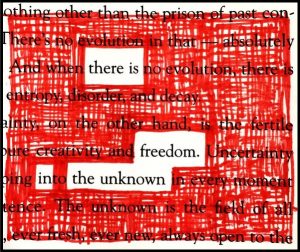 poetry. I typically use spiritual books because the words are meaningful to me. Life, Hope, Love, etc.
poetry. I typically use spiritual books because the words are meaningful to me. Life, Hope, Love, etc.
When creating the visual elements of my pieces, I’ve used anything from Sharpie markers to oil paint. I primarily use acrylic paint and enjoy watercolor.
José: What would you say is the most challenging aspect of writing for Instagram? What do you find most positive about it?
John: When I first started Make Blackout Poetry I posted a poem every day for a year. Now it’s only every other day since I share the work of other blackout poets that submit their work to be shared. Creating four to seven pieces a week can be a bit challenging, but I love what I do and I’m dedicated to keeping the account active for years to come.
As an artist and a writer, using social media to share your work is amazing because you receive instant feedback. The most positive part of that is hearing how my art helped someone either with a hard day or by giving them a different perspective to view their life from.
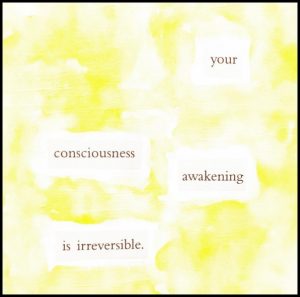 José: What advice do you have for anyone interested in writing poetry (for Instagram or in general)?
José: What advice do you have for anyone interested in writing poetry (for Instagram or in general)?
John: Write honestly and do it every day. People are drawn to sincerity and want to be able to connect to your words. Don’t rob them of that just because you’re self-conscious. We all struggle with insecurity, but being courageous has its rewards.
José: What are you future plans in terms of writing projects?
John: I’m currently working on a revised version of my first blackout poetry book, called Hidden Messages of Hope. It’s going to be re-released by a poetry press in London this summer. I’m also currently writing a series of plays with my writing partner, Laura Relyea, that will debut in Atlanta later this year.
*
Follow the @makeblackoutpoetry account on Instagram and keep up to date with John Carroll’s work on his site.
Also, check out José’s current Instagram poetry project, @poetryamano, which currently features erasures/blackout poems.

